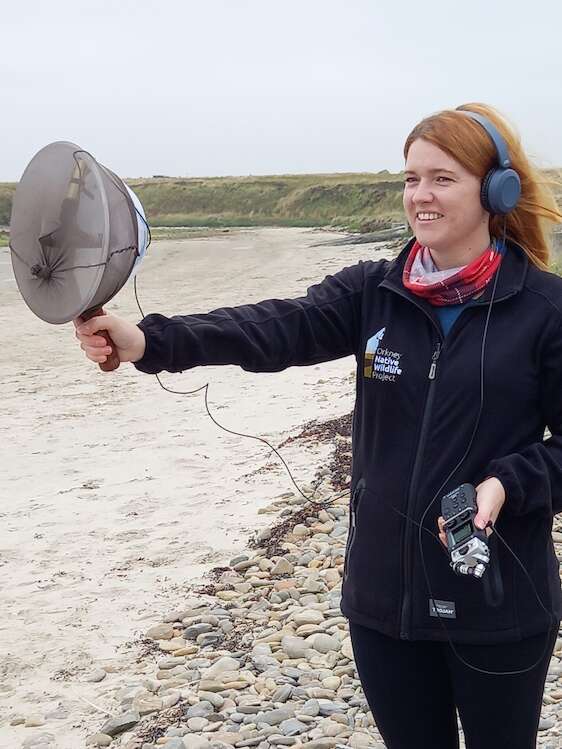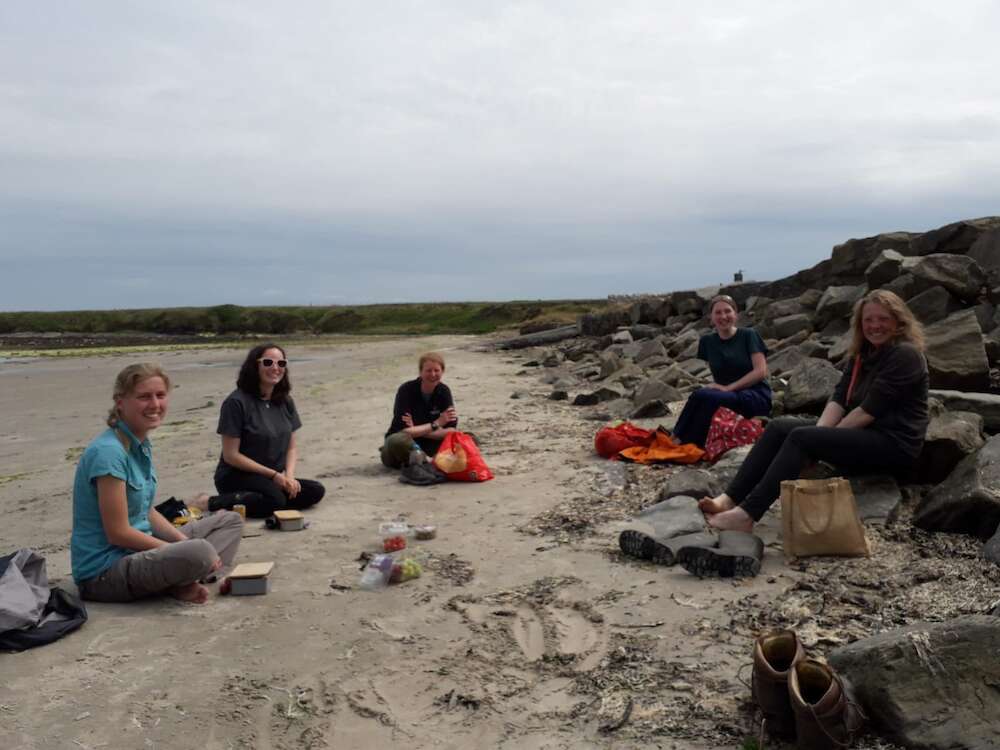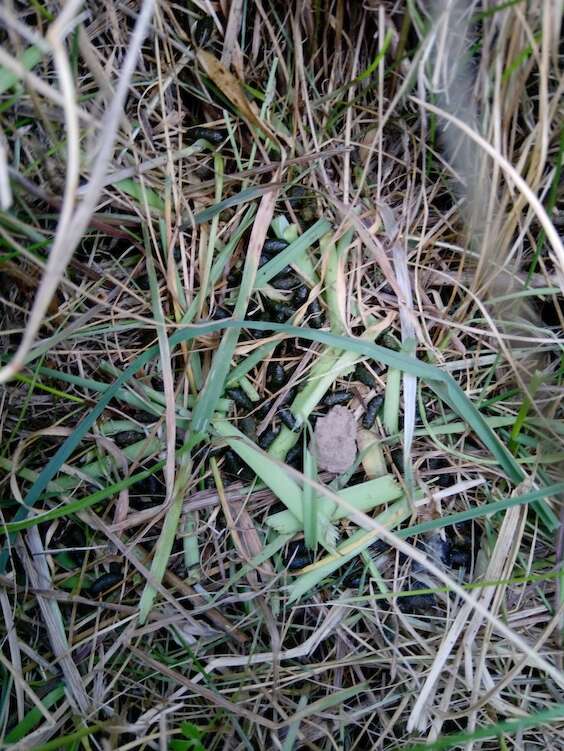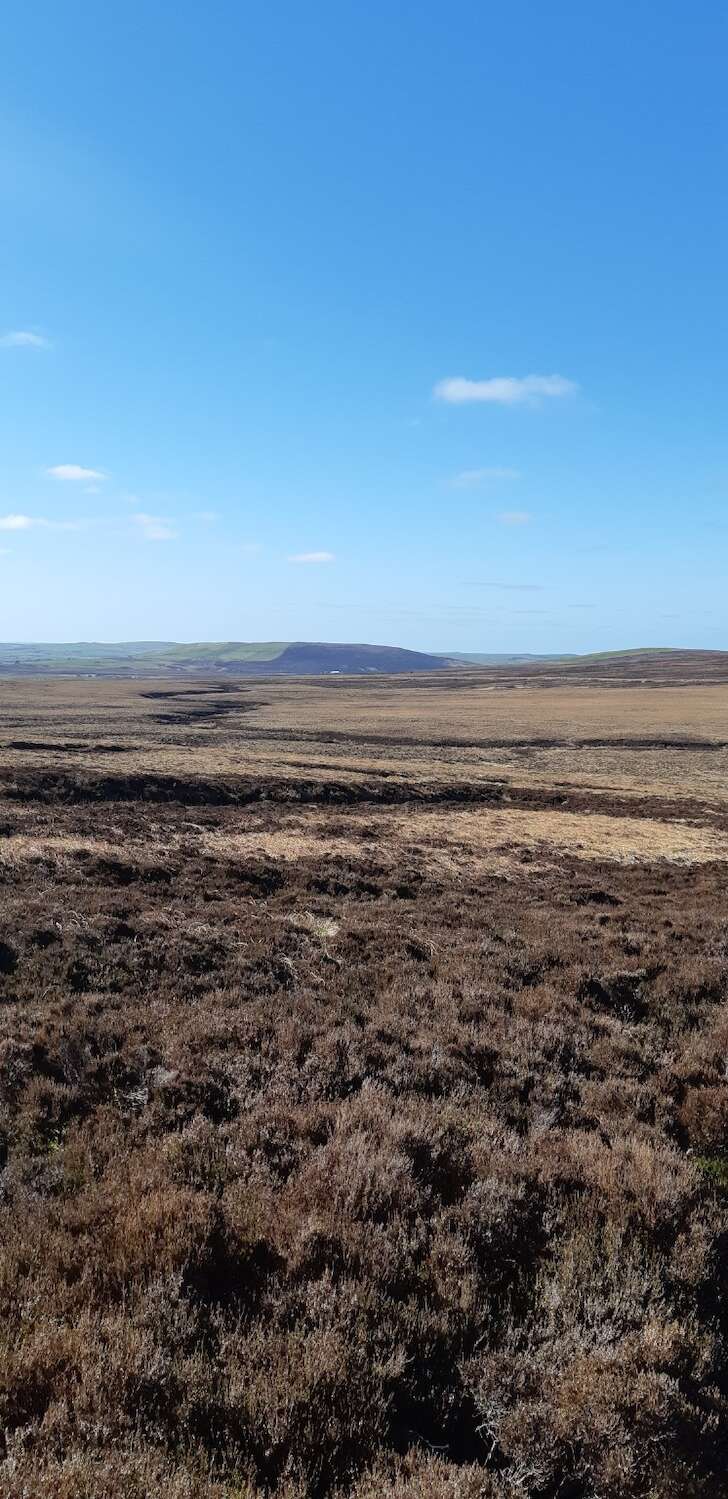New to our blog and want to find out more about the project, how to volunteer with us or have a question? Visit our Facebook page, this website or contact us. All the details on how you can get in touch are at the top and bottom of every web page.
Join us at the Orkney International Science Festival

After the restrictions of a lockdown year, we are excited to be part of the Orkney International Science Festival for the very first time celebrating Orkney birdlife. Education Officer Holly is running a fun virtual family workshop on 5 September at 5:30pm showing how you can make a simple piece of equipment to make high-quality recordings of Orkney bird calls and songs. Follow the link for details and how to book – spaces are limited and the £2 charge supports the festival in its 32nd year! You can also hear Holly explain more about it in her interview on Radio Orkney on 3 September about 16 minutes into the broadcast.
Behind the scenes monitoring our Orkney wildlife
The simmer dim has well and truly gone this time of year and the stars have returned for the first time in months. The trap team have been busy checking traps tramping through the massive summer undergrowth and in the two years since the project started operational trapping over 1,900 stoats have been caught by end of August. This time of year also marks the end of our bird monitoring season. Every year we recruit four temporary staff to the team whose sole job is to rise early and stay late to observe, monitor and record a variety of Orkney birdlife during the breeding season – meadow pipit, curlew, and lapwing to name a few. So now it’s time to collate all the data and prepare for the second round of vole surveys in September.

This season has been successful despite a few challenges along the way. The induction process was challenging this year due to COVID, social distancing and home working. It went smoothly though, largely thanks to the fantastic team we had. Wader productivity surveys kick everything off, with the Research Assistants checking for breeding behaviour across different sites from the end of March. The spring vole surveys take place in April but this year the unseasonal and surprising snow blizzards put a hold on this. Although the voles were ok under vegetation, it was not fun to be out surveying them!
We couldn’t do this without the generous support of our vole volunteers so a massive thank you to the 11 volunteers who helped with the vole surveys, contributing 74.5 hours this spring. New volunteers are provided with one-to-one training on the site they will cover. You can hear Zoe, ONWP Monitoring Officer explain more in her interview on Radio Orkney from 1 September 2021. It is about 16 minutes in.
How to be a vole detective on a survey to find Orkney voles
Here Eleanor Barr, one of this year’s Research Assistants, tells us what she thought of her season in Orkney monitoring the local wildlife:
“To build a picture of the population size of this species native to Orkney, we want to find out roughly how many voles there are across different sites and see if that changes over time. The voles are elusive, moving through channels in dense grasses and under heather. They hide in this covered matrix; hidden from view from us and potential predators. So how do we count them? Essentially, we become vole detectives!
We look for signs of vole presence and activity. The survey sites are 1 km squared areas that contain a variety of habitats. The key to the detective work is to observe and record any signs of vole activity. Being a vole detective requires persistence and a keen eye!

One of two signs you look for are grass clippings which are remnants of voles feeding. Voles leave a small pile or even just a blade 1- to 2-inch sections of grass with a serrated edge. We can even age the clipping based on the colour of the clipping. If the edge is yellow/ brown it is an older clipping and has become oxidised as it’s exposed to the air, whereas if the edge is green it is a sign of recent feeding. Like a lot of mammals which share the elusive traits of the vole; you look for their poo! Again, based on the colouration of the droppings, you can determine how old or recent they are.
I had not done vole surveys prior to starting this role. I enjoyed discovering the hidden world of voles. I found myself getting excited to find neat circular holes in vegetation – which were the openings to the runs voles travel along and a sign of vole presence (although not a reliable one as they could be a few years old and unused unless you find signs of feeding or droppings).
I found the more you do it, the more confident and faster you get at distinguishing the brown vole dropping from the brown soil and the torn grass from grass clippings. If all else fails, you can take a photograph of the possible vole sign and get a second opinion!
This survey was a nice change from the bird surveys because they are more flexible. You can do it in most weather conditions, if it is safe to do so, and on any day. A blessing in Orkney in general when clear, dry and calm weather can be rare! It was a great chance to work in different parts of Orkney as I covered sites on Westray, west Mainland and South Ronaldsay.”
The dawn life of a birdlife research assistant

Surveys of skylarks, wheatears and meadow pipits start May and then again at the end of June/early July to look at their breeding success. These groups of birds, known collectively as passerines, are often described as ‘little brown birds’ but really their plumage is very intricate and beautiful. The weather didn’t want the second of these surveys to be simple either with many mornings too foggy to survey! It didn’t stop the five volunteers who helped with the passerine surveys, contributing 25.5 hours of their time which we are so grateful for.
Sarah West, Senior Research Assistant this year, describes here her survey experience looking for these small birds.
“I wake up early, 4:30am, as I have to get going so I can be at my site and ready to start the survey before 6am, and it’s a bit of a walk to get there. I make sure I record all the important data like date, time, site for example, before I start observing. Some surveys involve walking along two parallel lines, each 1km in length. I walk quite slowly, looking and listening for meadow pipits, skylarks and wheatears and noting them down as I go. I record any young birds or adults carrying food as this indicates that they’re successfully raising young. These species are found all over Orkney and nest on the ground, so they are vulnerable to predation by the invasive non-native stoats. Meadow pipits and skylarks are easy to tell apart with a bit of practice and can be found nesting in moorland habitats. They share these spaces with moorland birds of prey which rely on them as a food source, so stoats could be having a double impact here, on the passerines I'm surveying and on our breeding birds of prey. Wheatear are a bit different, they prefer short grassy habitats and often nest down old rabbit burrows, making them even more vulnerable to stoats that often prefer the same habitats. That's why I'm doing these surveys, to collect data on breeding birds and see how stoat predation affects their breeding success.
Towards the end of the survey, I am tired and a bit sweaty from walking across some difficult terrain, crossing fences and jumping a few streams. It's been a wonderful experience, the hills were alive with the sound of birdsong; wrens and reed buntings singing, and a few curlews bubbling away. I can even catch a glimpse of a short-eared owl out for an early morning hunt, and of course, I saw the targets of this survey some meadow pipits and skylarks. I finish around 08:30 just as the rest of Orkney begins to wake up and start their day, but I'm heading home, time for breakfast and a well-deserved cup of tea!”
Our team of Research Assistants and volunteers also monitor wader sites which take up a huge amount of time – but you have to wait until the next blog to find out more.
Sign up, sign up!
We would be super grateful if you could spread the word about our new website and encourage folk to sign up to news updates on how we are protecting Orkney’s unique native wildlife. You can scroll to the bottom of every page on our website to click subscribe to sign up to receive our regular blog. That way you will never miss a thing!
Until our next issue you can keep up with our progress via our Facebook page, our monthly column in the Orcadian newspaper and our next blog. Any questions please feel free to contact us at [email protected] or phone 01856 881451

